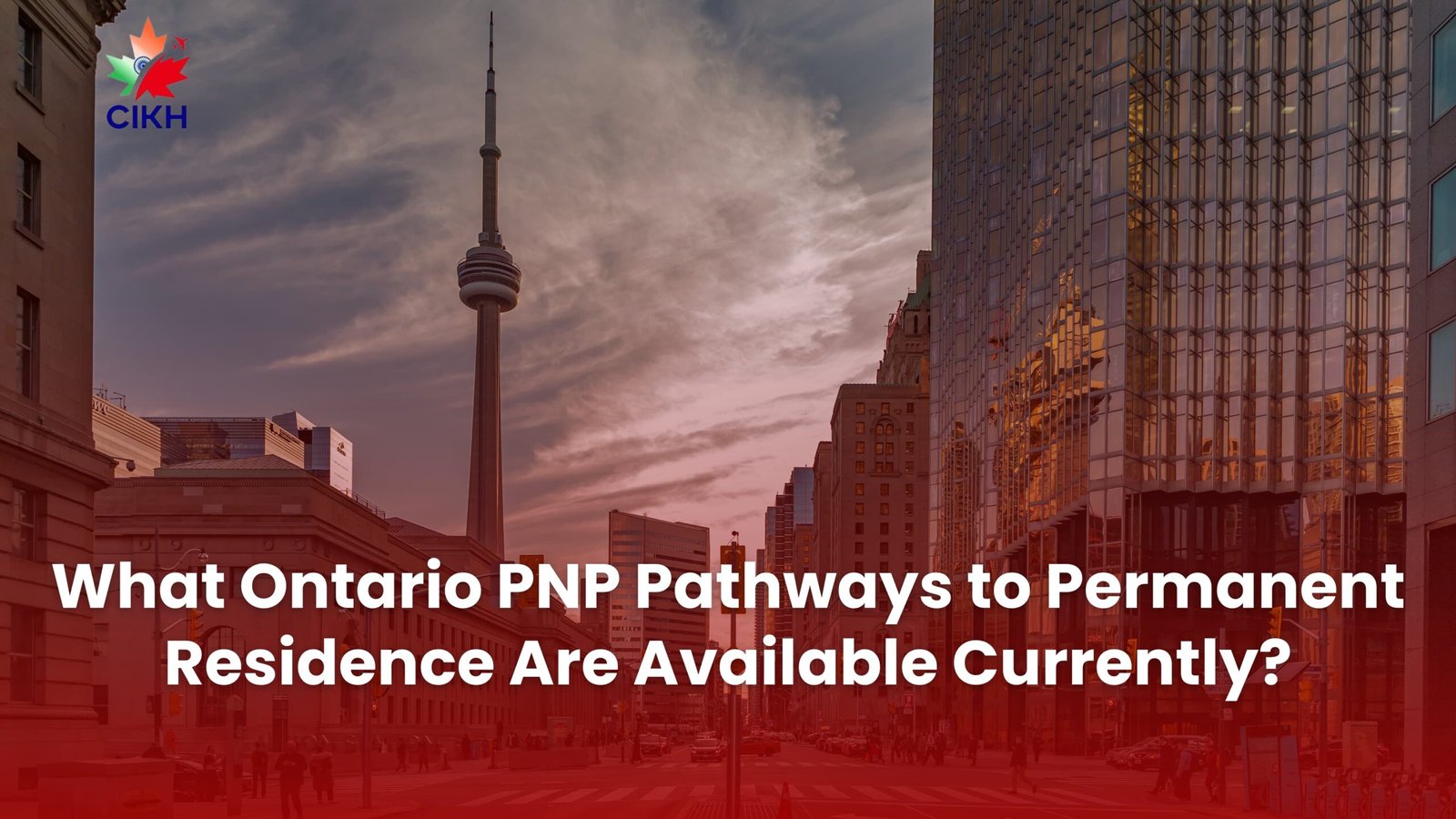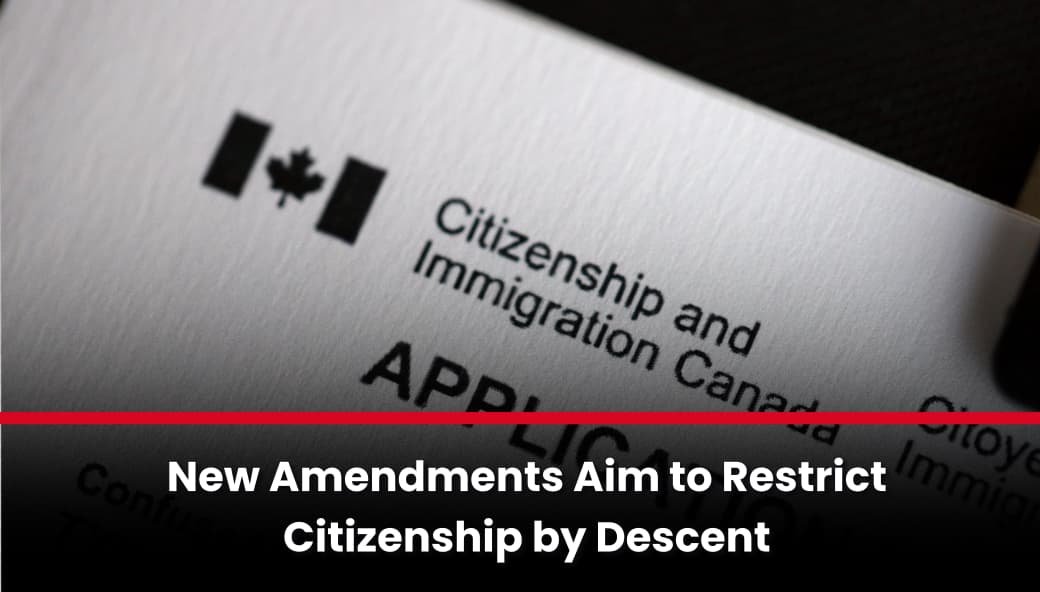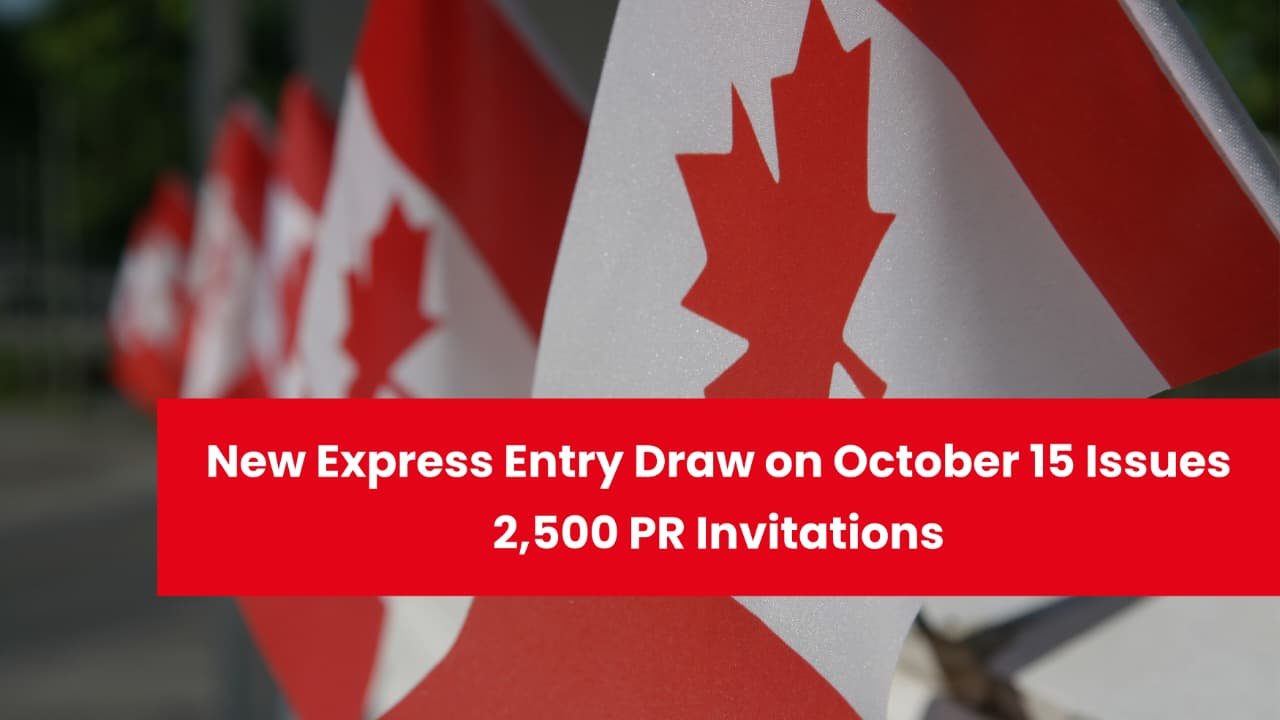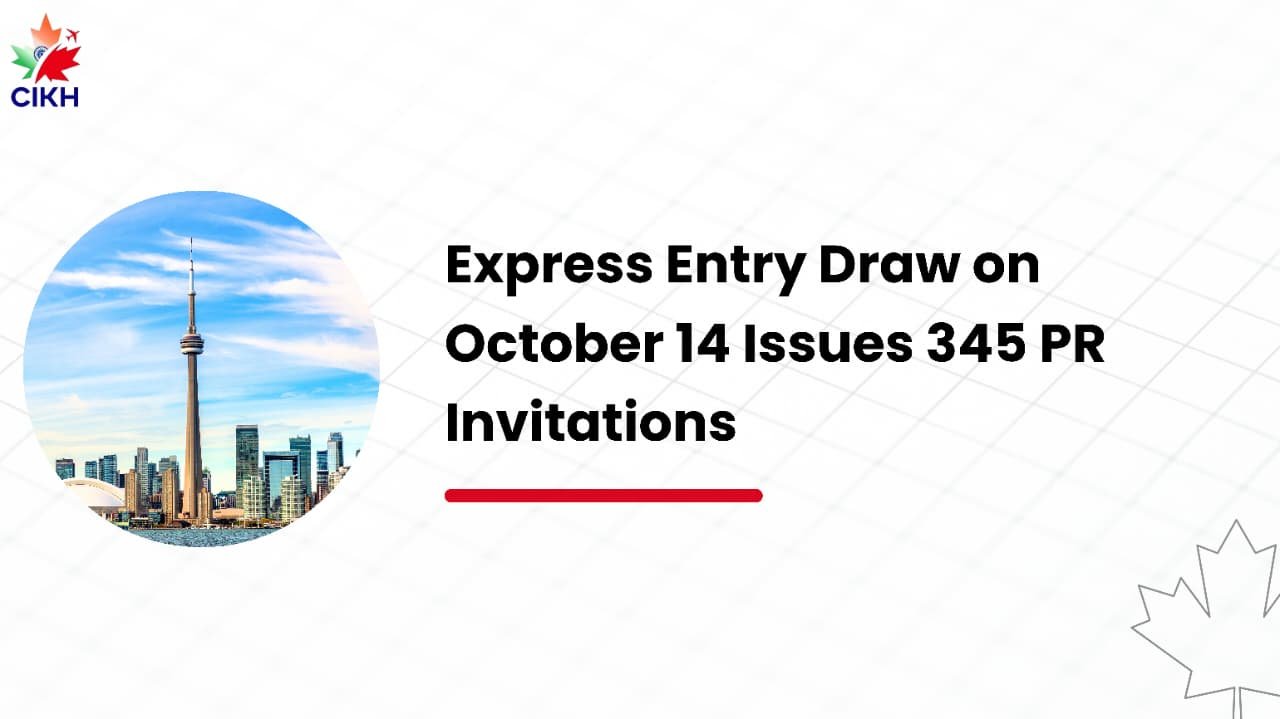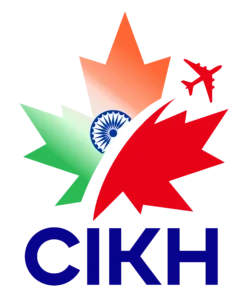If you’re aiming for Canadian permanent residency through the Ontario Immigrant Nominee Program (OINP), you might have noticed that in 2025, only 4 invitations to apply (ITAs) have been issued by the OINP—a significant decrease from the 14,760 invitations issued in the first two months of 2024.
This slowdown in OINP immigration reflects a broader trend across many Provincial Nominee Programs (PNPs) in Canada, as provinces adjust to reduced immigration quotas for 2025.
This article will cover the following:
- Streams that are currently issuing ITAs and accepting new Expressions of Interest (EOIs);
- An overview of the eligibility criteria for OINP streams; and
- A brief overview of changes to provincial immigration in 2025.
Assess your eligibility for enhanced PNP programs
Which Streams Are Issuing ITAs and Accepting New EOIs?
As of now, only one OINP stream has issued ITAs in 2025—the Employer Job Offer: Foreign Worker stream.
On January 4, the OINP conducted a draw under this stream, issuing four ITAs as part of a targeted draw for candidates in the federal Economic Mobility Pathways Project (EMPP). The EMPP is a permanent work pathway for skilled refugees and displaced individuals seeking employment in Canada.
A representative from the OINP confirmed to CIC News that all streams requiring candidates to proactively apply are still accepting new EOIs, including:
- Employer Job Offer: Foreign Worker stream
- Employer Job Offer: International Student stream
- Employer Job Offer: In-Demand Skills stream
- Master’s Graduate stream
- PhD Graduate stream
Additionally, the OINP has Express Entry-aligned streams, which candidates cannot directly apply to. These streams are still open, with the OINP reviewing all candidates with valid Express Entry profiles and issuing Notifications of Interest (NOIs) to eligible individuals via the Express Entry system.
For these Express Entry-aligned streams, candidates only need to keep their Express Entry profiles up to date and active in order to be considered. If they receive an NOI from the OINP, they can then apply for provincial nomination. If successful, they will receive a provincial nomination, granting them an additional 600 points in the Comprehensive Ranking System (CRS), greatly improving their chances of receiving an ITA for permanent residency from the federal government.
The OINP has confirmed that it plans to continue its current immigration streams, with no indication of removing any pathways to Ontario. However, there is no official timeline for when draws will resume in 2025.
Overview of Eligibility Criteria for OINP Streams
| Stream | Job Offer Required? | Express Entry-Aligned? | Main Requirements |
|---|---|---|---|
| Employer Job Offer: Foreign Worker | Yes | No | Full-time, permanent, skilled job offer; work experience; licensing if needed. |
| Employer Job Offer: International Student | Yes | No | Full-time, permanent, skilled job offer; graduate of an eligible Ontario school; must apply within two years. |
| Employer Job Offer: In-Demand Skills | Yes | No | Full-time, permanent job offer in an eligible occupation and location; 9 months of work experience. |
| Master’s Graduate | No | No | Master’s degree from an eligible Ontario school; language proficiency ≥ CLB 7; settlement funds. |
| PhD Graduate | No | No | PhD from an eligible Ontario school; language proficiency ≥ CLB 7; settlement funds. |
| Express Entry Human Capital Priorities | No | Yes | Express Entry profile; Master’s/PhD; language proficiency ≥ CLB 7; settlement funds. |
| Express Entry Skilled Trades | No | Yes | Express Entry profile; 1 year of Ontario work experience in skilled trade; language proficiency ≥ CLB 5. |
| Express Entry French-Speaking Skilled Worker | No | Yes | Express Entry profile; university degree or nursing qualification; French proficiency ≥ NCLC 7; English proficiency ≥ CLB 6. |
For all OINP streams, candidates must demonstrate an intention to live in Ontario once they become permanent residents and maintain valid temporary status in Canada during the application process if applying from within Canada.
Why Has Provincial Immigration Slowed in Canada?
In October 2024, Immigration, Refugees and Citizenship Canada (IRCC) reduced the total provincial immigration allocations by half. This decision was made in response to pressures related to housing and affordability.
As per Canada’s Immigration Levels Plan, PNP allocations dropped from 110,000 in 2024 to just 55,000 in 2025. IRCC communicated these reductions to all provinces, including decreased allocations for the Atlantic Immigration Program (AIP), which led to several provinces adjusting their immigration programs.
For example:
- New Brunswick has imposed new restrictions and eligibility criteria on their streams.
- The Yukon Nominee Program (YNP) has delayed its first intake of 2025.
However, provinces can regain some of their immigrant landings allocations by accepting more humanitarian immigrants. For example, Newfoundland and Labrador managed to regain more than 90% of its allocations by agreeing to accept 290 humanitarian immigrants over the next two years.
These changes have caused delays in PNP activities as provinces negotiate with IRCC to secure more provincial nomination spots. The OINP plans to announce its finalized 2025 nomination allocation soon.

